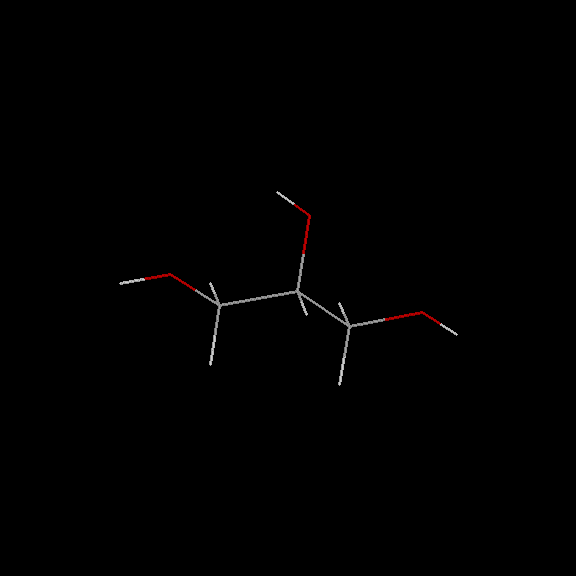Glycerol
Glycerol, also known as glycerin, embodies an essential organic compound characterized by the chemical formula HOH2C–CHOH–CH2OH. This colorless, dense, and fragrance-free liquid features a subtly sweet taste, rendering it invaluable in numerous pharmaceutical formulations. Its molecular structure showcases three hydroxyl groups, each corresponding to an alcohol function, thereby dictating its solubility in water and its inherently hygroscopic attributes. Within the realm of lipid chemistry, a pivotal glycerol residue serves as the linchpin in all triglyceride and phosphoglyceride classifications, underpinning its fundamental role in various biological processes.
Glycerin, also known as glycerol, is a versatile organic compound that finds applications across various industries. With its characteristic colorless, odorless, and viscous liquid form, along with a subtle sweet taste, it serves as an essential component in pharmaceuticals, cosmetics, and food products. This hygroscopic compound exhibits water-attracting properties, making it an ideal moisturizing agent in skin care products and a valuable additive in the food industry as a sweetener and stabilizer. Furthermore, its pivotal role in the production of dynamites, resins, and paints underscores its significance in industrial processes. With a production process that involves hydrolysis of natural sources like vegetable oils or animal fats, glycerin embodies a compound of utmost importance in various domains, owing to its multifaceted properties and widespread applications.
Accession Number : KLM0000202 This work is released into the public domain; please see our release statement.

Glycerin serves a multitude of purposes, notably in the following sectors:
- Food and Beverage Industry: In culinary applications, glycerin acts as a sweetening agent, humectant, and emulsifier, stabilizing food products and inhibiting crystallization in frozen goods.
- Personal Care Products: Leveraging its humectant properties, glycerin is a common additive in soaps, lotions, and cosmetics, effectively retaining skin moisture without clogging pores.
- Pharmaceuticals: Within the pharmaceutical realm, glycerin finds application in cough syrups and laxatives, serving as a solvent for medications and a lubricant for medical equipment.
- Industrial Applications: Its versatility extends to industrial domains where it contributes to the production of explosives, plastics, and textiles, while also functioning as a fuel enhancer and machinery lubricant.
While generally considered safe for most individuals, glycerin may induce skin irritations in sensitive cases and may interact with certain medications, necessitating prior consultation with a healthcare professional.
Synonyms :
- L-glycerol
- D-glycerol
Config Rule :
% glycerol
config(glycerol,[
chain([
hydroxymethyl,
car(2,hyd&&hydroxyl;),
hydroxymethyl])]).
Smiles String :
[C@2H2]([C@2H]([C@2H2][OH])[OH])[OH] glycerol
Fischer Diagram :

Terminal :
% glycerol
c(1,12,(0,nonchiral))-[c(2,left)~,h(1,right)~,o(1,up)~,h(2,down)~],
c(2,12,(0,nonchiral))-[c(3,left)~,c(1,right)~,o(2,up)~,h(4,down)~],
c(3,12,(0,nonchiral))-[h(6,left)~,c(2,right)~,h(7,up)~,o(3,down)~],
h(1,1,(0,nonchiral))-[c(1,left)~],
h(2,1,(0,nonchiral))-[c(1,up)~],
h(3,1,(0,nonchiral))-[o(1,nil)~],
h(4,1,(0,nonchiral))-[c(2,up)~],
h(5,1,(0,nonchiral))-[o(2,nil)~],
h(6,1,(0,nonchiral))-[c(3,right)~],
h(7,1,(0,nonchiral))-[c(3,down)~],
h(8,1,(0,nonchiral))-[o(3,nil)~],
o(1,16,(0,nonchiral))-[h(3,nil)~,c(1,down)~],
o(2,16,(0,nonchiral))-[h(5,nil)~,c(2,down)~],
o(3,16,(0,nonchiral))-[h(8,nil)~,c(3,up)~]
The Terminals for all the Config Rules are in Prolog Definite Clause Grammar (DCG) form.They can be checked in the Manual here.
The compound's PDB file can be seen here.
